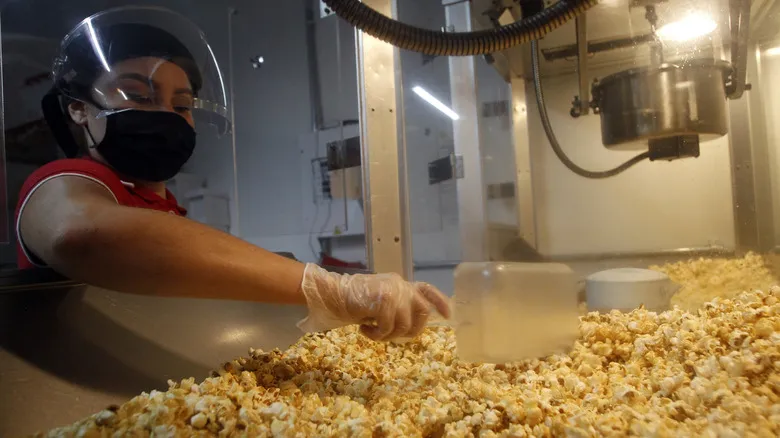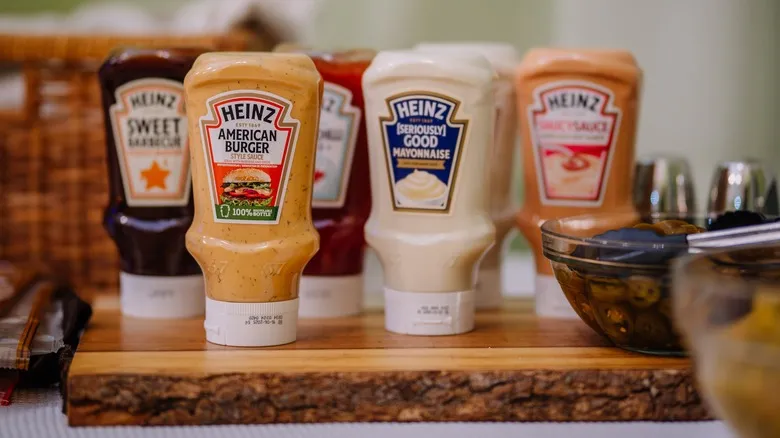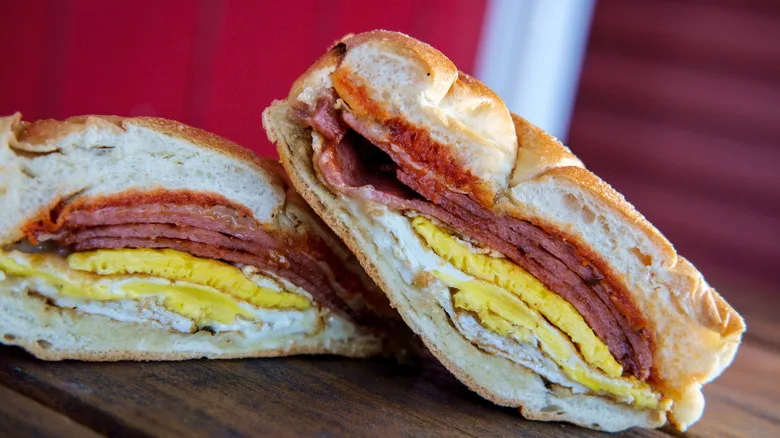How popcorn made it into cinemas

When cinema began to gain popularity in the 1910s and 1920s, it was primarily viewed as a form of entertainment for the middle and upper classes. During the silent film era, only those who were educated and literate could fully appreciate the experience, as it involved reading captions and title cards.
As a result, the cinemas themselves were opulent venues, akin to modern theaters, where eating was often prohibited to prevent crumbs and litter from damaging the interiors. Additionally, the noise of patrons munching on crunchy snacks during silent films was considered undesirable.
Two significant changes altered this dynamic. First, the advent of sound transformed movies into a mass entertainment medium that didn't require reading skills. Audiences shifted from circuses to cinemas, prompting mobile popcorn vendors to set up outside theaters. The second factor was the Great Depression, which led to a rise in affordable luxuries. With limited funds, Americans gravitated towards inexpensive treats like popcorn, which fit the bill perfectly. Initially, cinemas resisted this trend, but as patrons began sneaking in popcorn, theaters gradually permitted vendors to sell it in their lobbies for a share of the profits. By the 1940s, cinemas had taken over the sale of popcorn themselves. Since then, it has become an integral part of the movie-watching experience, and with the advent of microwave popcorn, it has also found its way into homes.
Recommended

How Grape Soda Became An Iconic Southern Drink

This Iconic Colorado Breakfast Sandwich Has All The Makings Of A Classic Omelet

The Limited Edition Heinz Mayo That May Have Been Its Most Interesting Flavor

The History Of Why Pork Rolls Are Sometimes Called Taylor Ham Sandwiches
Next up

